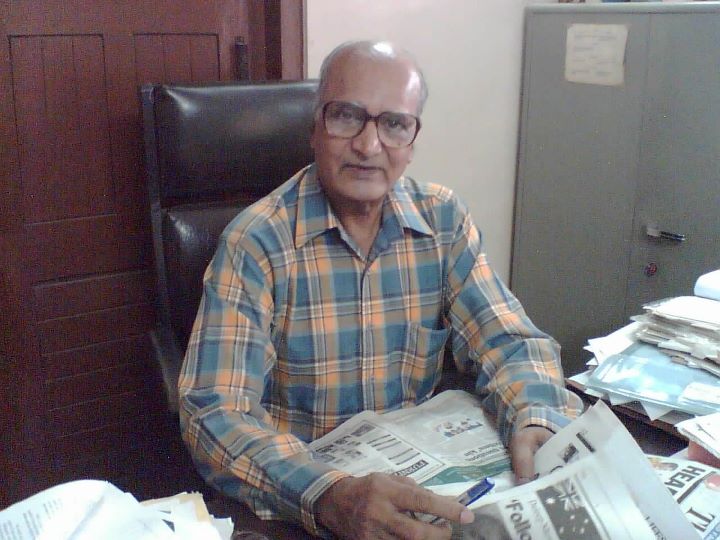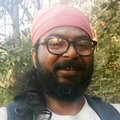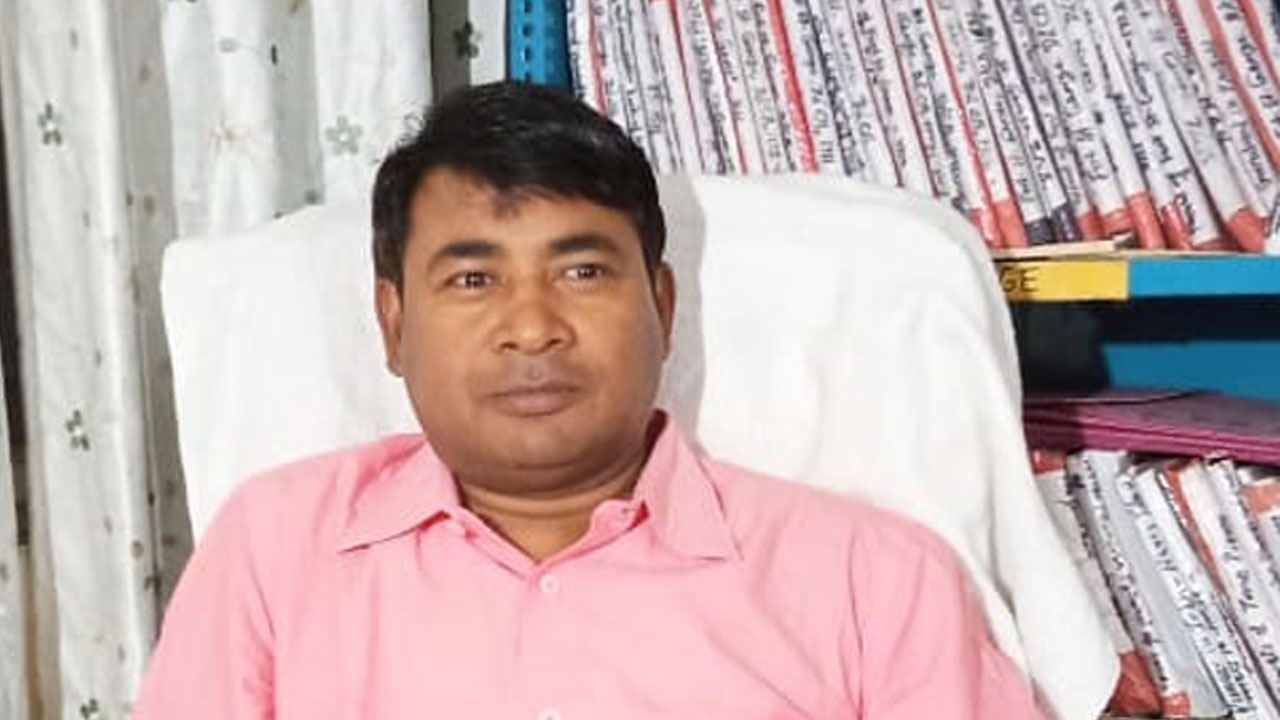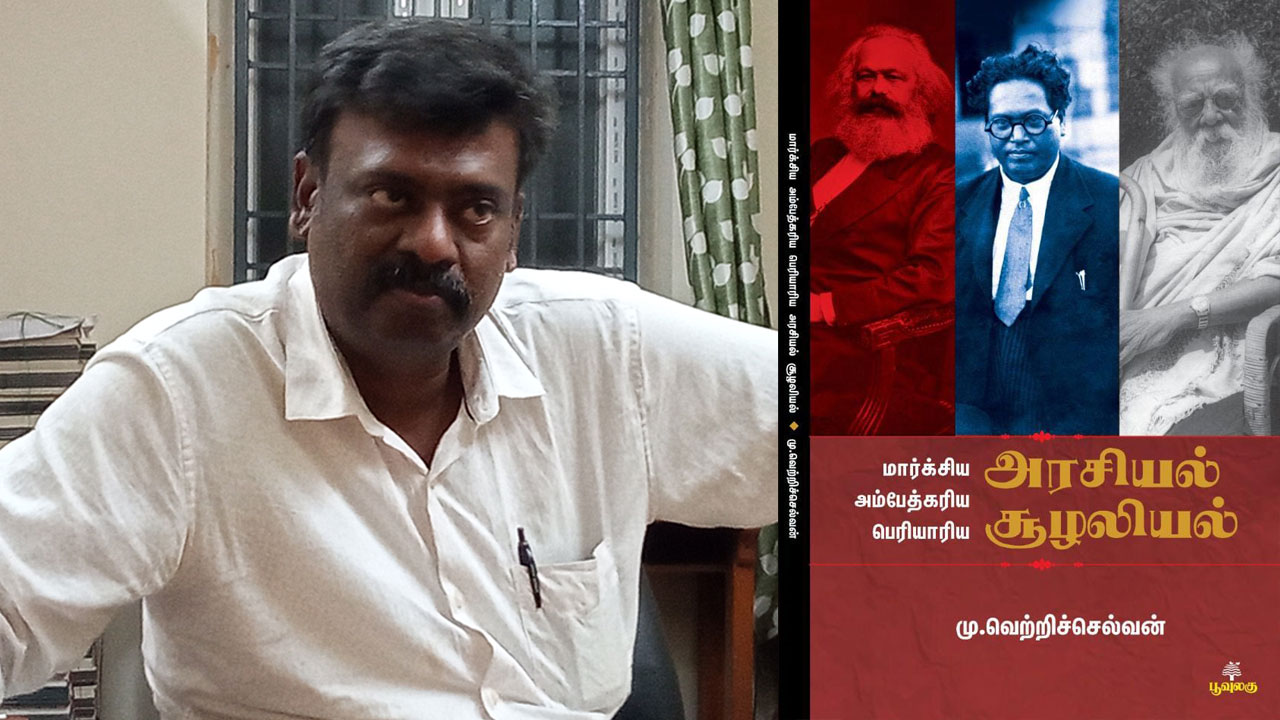(The issue of citizenship is on the boil all over the country. In the Northeast, including Assam, people are up in arms. The situation in other parts of the country is far from normal. We are publishing a series of interviews on this issue with Dalitbahujan thinkers and people’s representatives. Here, Fr Dr Walter Fernandes, founder of North-Eastern Social Research Centre, speaks with Forward Press Consulting Editor Goldy M. George.)
Goldy M. George: How would you look at the Citizens Amendment Act (CAA) 2019? What are your first thoughts?
Walter Fernandes: Well, I have understood it as negative from the time it was introduced in 2015. First of all, you cannot have a law that legitimizes or legalizes exclusion and discrimination based on religion. Second, the thought behind the Act that this country belongs to Hindus alone poses a big threat. The rest, like Christians, Buddhists, are somehow brought into the Act to satisfy people. This is something that many people don’t understand. For example, the Vice-Chairperson of the National Commission for Minorities has hailed it as being helpful to Christians. This is not acceptable. As far as the Northeast is concerned, ultimately they [people in question] will settle down here in the Northeast region. There are enough migrants here.
GMG: Could you elaborate what do you mean specifically by “settle down”?
WF: Many migrants from Bangladesh will ultimately settle down in the Northeast and West Bengal. That is the real problem the people of the Northeast will face in the days to come.
GMG: What exactly is the reason for their migration? The government claims that Hindus are being persecuted in Bangladesh?
WF: No, they are not coming here due to religious persecution at all. They are landless peasants coming in search of land. Essentially, it is poses a threat to the land of the people. We have seen that happening in Tripura, where the tribal population has been reduced from 59.1 per cent to 31 per cent. These tribals have lost more than 40 per cent of their land to the immigrants. The law was changed in order to take land away from the tribals.
The problem is it’s criminal in Assam. They excluded the tribal area that comes under the Sixth Schedule, which is only 7 out of the 24 districts. Land from the other districts have also been occupied by people coming from Bangladesh, Bihar and Nepal. There is a real problem of protecting their land and identity.
Also read: Prakash Ambedkar: Dalitbahujans and Muslims should join hands to oppose CAA-NRC
GMG: How is this Act going to affect the land of people living in Fifth Schedule Areas [Areas outside the Sixth Schedule Areas – Assam, Meghalaya, Tripura, Mizoram – with a predominantly tribal population]?
WF: It will not help protect the land of people in Fifth Schedule Areas. Now, they have left out Fifth Schedule Areas but how is this law implemented in practice? What about the remaining districts outside the Fifth Schedule? There is land in those districts, too. They will occupy land in the remaining districts, not just in the Fifth Schedule area.
GMG: So, do you mean that the immigration of Bangladeshis poses a threat to Tribals’ land?
WF: Yes, of course. You should remember that the density of Assam is about 430 per square km while the same in Bangladesh is 1400. Migration is part of the demographic balancing process. They are peasants who know agricultural techniques who come in search of land. They come and occupy what is known as common land, which is two thirds of the land in Assam. Only about one third of the total land is “patta (deed) land”, mostly in urban areas. There are different types of common land. We have seen how they occupy it first and then bribe the officials to get the deeds. So it is not religious persecution that brings them here. I have interviewed enough of them. It is the search for land, which is understandable given the density in Bangladesh against the much lower density in the Northeast.

GMG: Do you think that the CAA would affect other socially marginalized groups?
WF: Yes, all of them. Ultimately it poses a threat is to the land, language, identity and culture, and the whole social system. That can mean ethnic conflict. They are also afraid that in case they [the migrants] are given citizenship, it will work as an attraction for others to come to the Northeast and say “I am persecuted.”
GMG: So do you say that it’s a lie that people are migrating due to persecution?
WF: Yes, it is a complete lie that they are coming here from Bangladesh due to persecution. They are coming in search of land.
GMG: What would the CAA mean to the tribal people in Fifth Schedule?
WF: It will be much easier to occupy land. In Jharkhand, for example, Tribals have been reduced to about 30 per cent of the population. So, it is much easier to occupy land in a Fifth-Schedule area by de-scheduling the area, which is based on population and demography. However, with this Act, the threat is much greater in the Northeast. People here have experienced much of it. Nearly 20 lakhs have been excluded in the state.
GMG: Will this be extended to other minority religious groups as well?
WF: It may certainly have an extension in one form or other. Whether you have another minority group in it or not, it is communalizing the entire socio-economic equations. It has the potential to create communal riots since it is based on an ideology that India is a Hindu rashtra and therefore Hindus should be welcomed.
GMG: How would welcoming Hindus threaten the tribal identity?
WF: As I said earlier, it directly threatens tribal identity because it will target land, language and culture, which are the main features of identity. The threat to tribal identity is heightened with it. For instance, only 12.4 per cent of Assam’s population is tribal. Migrants coming in search of land are a threat not just to the tribes but to the non-tribal residents.
GMG: While there is a nationwide agitation taking place, there is also suppression of the protestors. Would you like to reflect on these?
WF: That type of repression is expected from the present regime. It is also a way by which the regime bypasses its constitutional duties. That is really brutish. Such opposition and the issues raised are important, too. But in the process the issues of the Northeast may also get diluted.
GMG: Do you have any specific message in this context to convey?
WF: The movement against the CAA should continue and even more organizations, particularly those who believe in a secular-democratic India, should join it to protect the constitutional fabric of this country.
Copy-editing: Anil
Forward Press also publishes books on Bahujan issues. Forward Press Books sheds light on the widespread problems as well as the finer aspects of Bahujan (Dalit, OBC, Adivasi, Nomadic, Pasmanda) society, culture, literature and politics. Contact us for a list of FP Books’ titles and to order. Mobile: +917827427311, Email: info@forwardmagazine.in)






